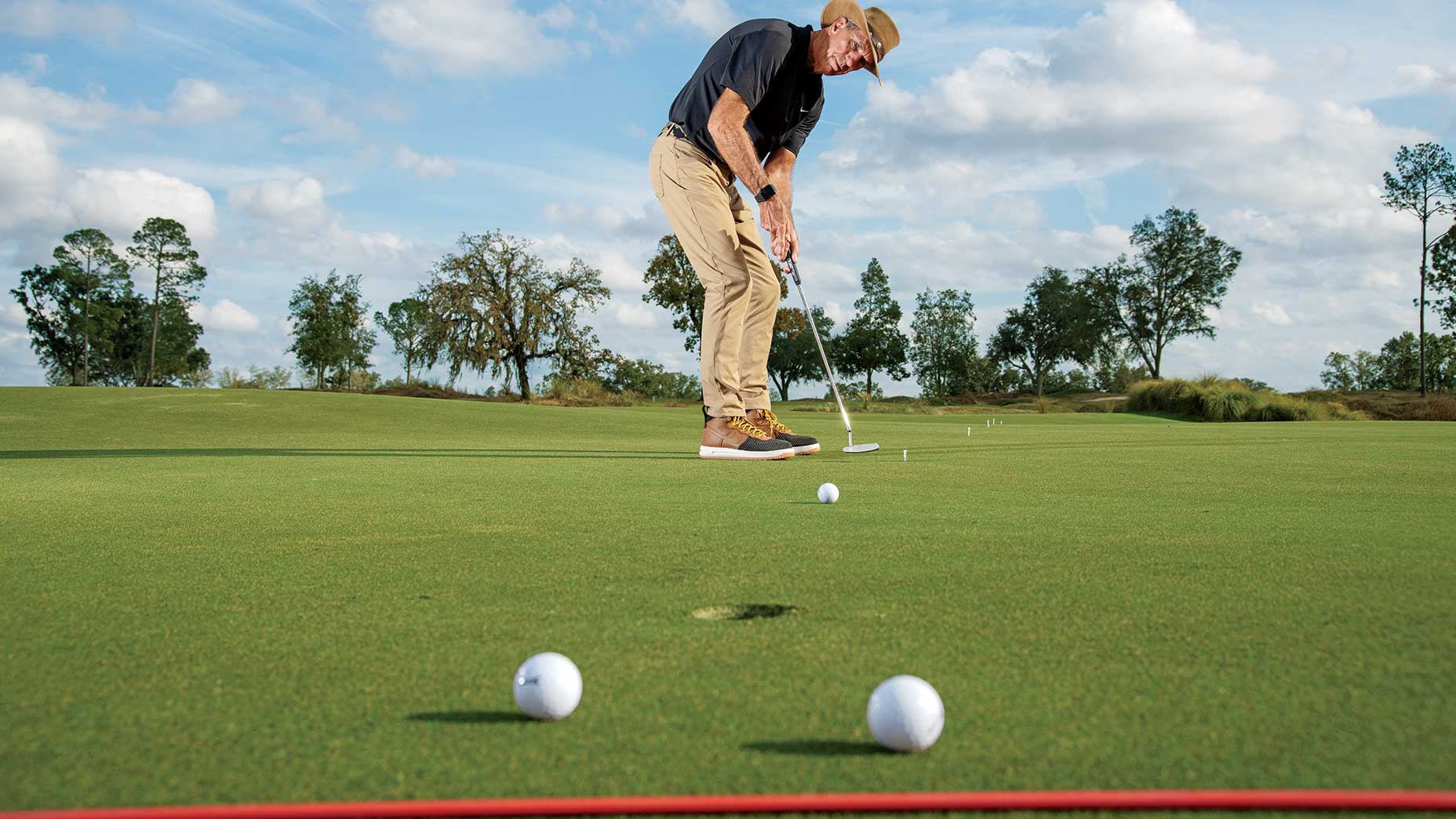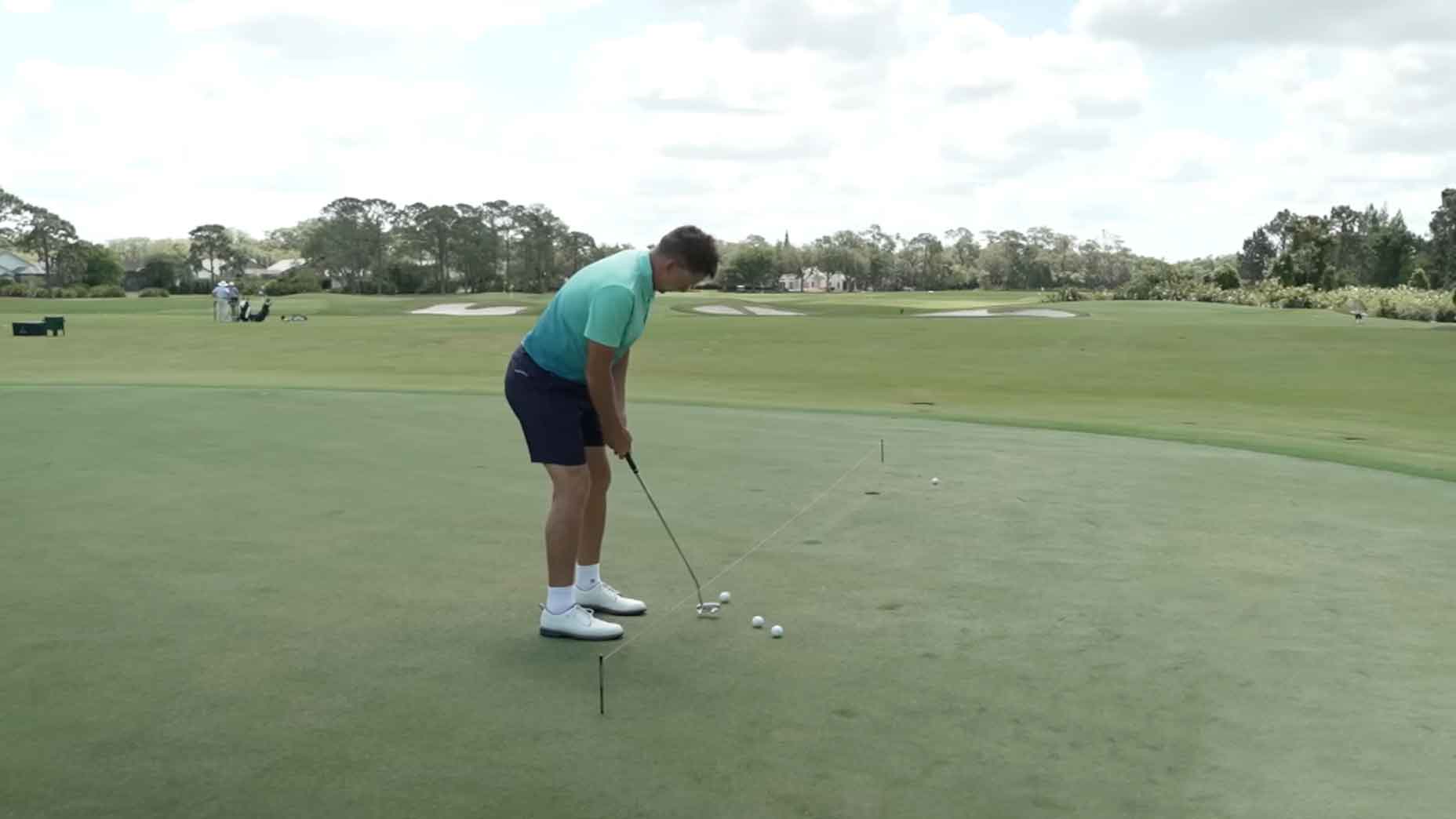Advanced analytics have dispelled the “drive for show, putt for dough” mantra, but that doesn’t mean you should be forgo your practice on the greens altogether. In fact, if you want to be a solid player, you’re all but required to have proficiency with the flat stick. And, even if the “more important” stats in your game are lacking, you can make up some ground with a good day on the greens.
Take PGA Tour rookie Taylor Montgomery as your example. He’s far from one of the top ball strikers in the game (he ranks 79th in SG: Tee to Green), but he’s still putting himself in the mix early on in the season. Through two starts, he’s logged a pair of top-10 finishes, making the most of the fall season in his rookie campaign.
The key to his success? A red-hot putter. He ranks second on the PGA Tour this season in SG: Putting, and his ability to roll the rock has been paramount to his solid start.
Excellent putting is nothing new for the 27-year-old. He ranked first and third in putting average in two seasons on the Korn Ferry Tour, and that second season went so well he earned a promotion to the PGA Tour.
The emphasis on putting comes from his father, he said at this week’s Shriners Children’s Open. His dad set an example for him on the greens — specifically, one he’d like to avoid.
“I have a dad who’s probably one of the worst putters,” Montgomery said. “And he’s really pushed that aspect of the game on me, and I’ve seen how much it affected him and his career in golf.”
With his father’s poor putting serving as a reminder, Montgomery always stressed that element of his game. If he wanted to compete at golf’s top level, he knew he’d need to be able to putt.
As for his strategy to make that happen? Montgomery keeps it simple — and uses a simple training aid for practice.
“I used either the Pelz device or now I use the putting plates because they sit a little lower to the ground,” he said. “If you can read the greens, start your ball on your line and have good speed, then you’re not going to be a bad putter.”
If Montgomery’s success is any indication, he’s onto something by boiling putting down to its three essentials: read, line and speed. Focus on those three elements in your own practice, and you’re sure to see your putting improve.










